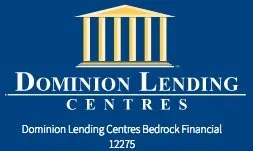The Interest-Only Mortgage

Relatively self-explanatory, an interest-only mortgage is one where your entire mortgage payment goes to interest and does not pay down the principal mortgage amount at all. So at the end of your term, you will owe the same amount as when you got your mortgage.
So you might be asking yourself, what are the advantages? Well, an interest-only mortgage frees up your cash flow. As you’re not responsible for paying down the principal balance, you can expect a lower mortgage payment. The interest-only mortgage shines as a management tool for rental properties, where cash-flow is king.
Here’s an example. On a $400k mortgage balance, over 25 years, at a 4% interest rate, the monthly repayment on an amortized mortgage would be roughly $1902/mth. However, as an interest-only mortgage, the payment is $1,321/mth, providing you with an extra $580 in monthly cash flow.
The money you save by not paying down the principal of your mortgage can be used however you like. It could be used to pay off higher interest debts like credit cards, unsecured line of credits, or any other high-interest loans. Or it could be used to offset the increased cost of maintaining your home through retirement; property taxes certainly aren’t going down anytime soon. It could even be used to maintain your current lifestyle if you’re planning retirement.
Regardless of what you decide to do with the extra cash, the choice is yours. If you would like to discuss the option of an interest-only mortgage (or any other mortgage product for that matter), please contact me anytime!

DAN CAIRD
Mortgage Agent | DLC
RECENT POSTS


DAN CAIRD
Download my Mortgage App
CONTACT ME ANYTIME!
Thank you for contacting me.
I will get back to you as soon as possible
Please try again later
Dan Caird. All Rights Reserved | Dominion Lending Centres. Privacy and Content Notice.



